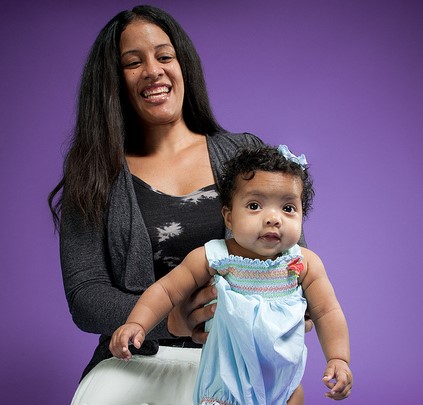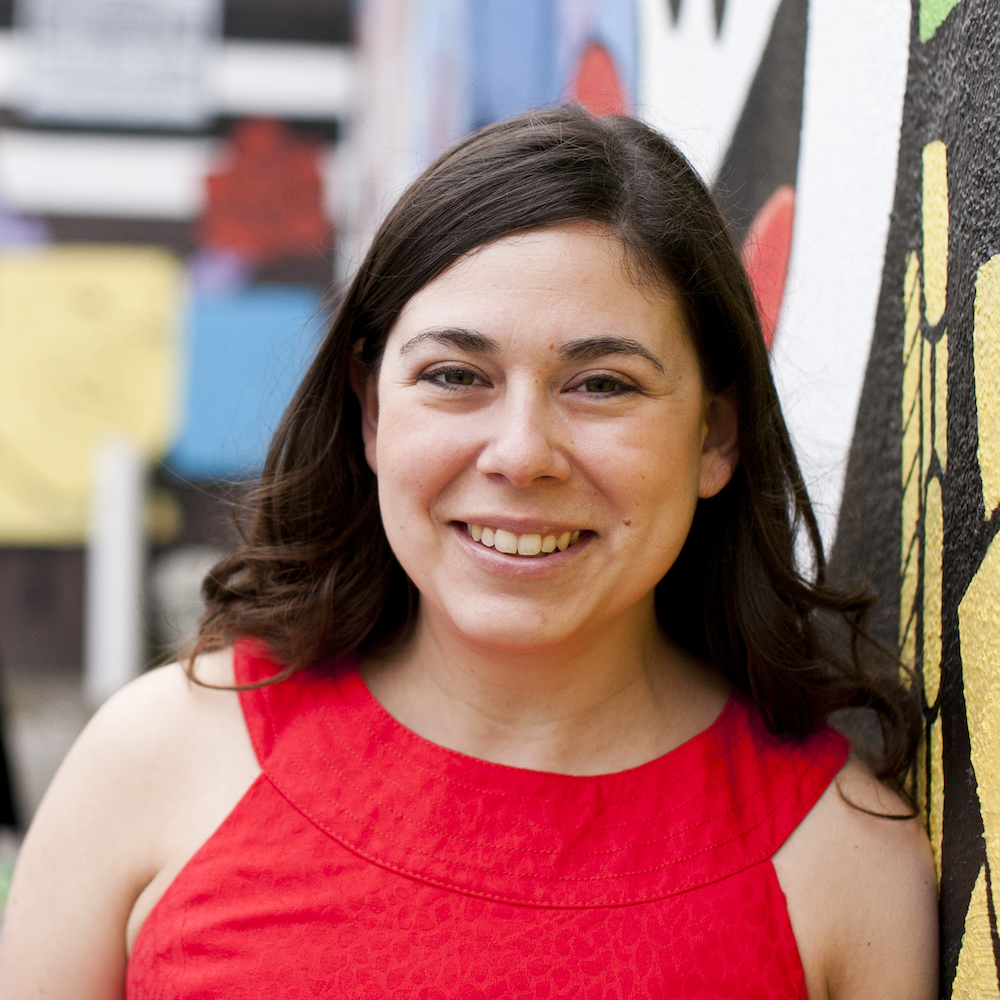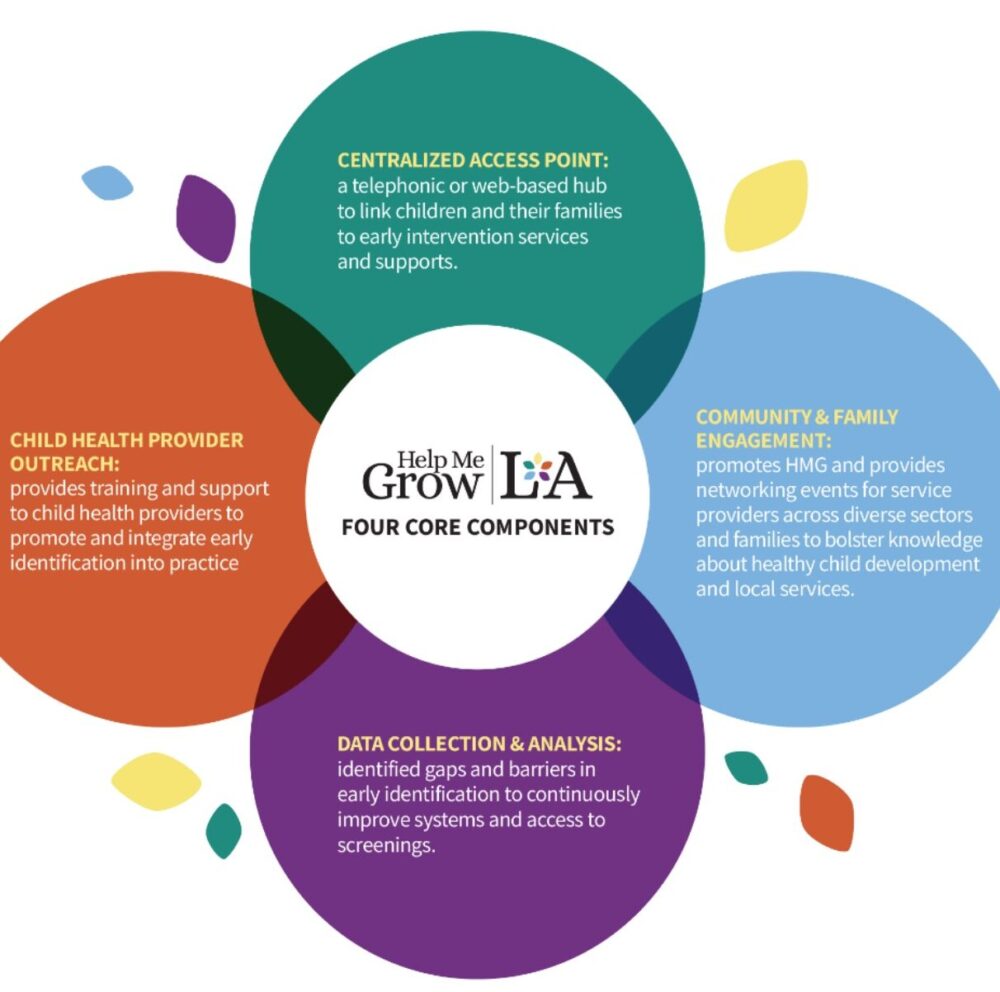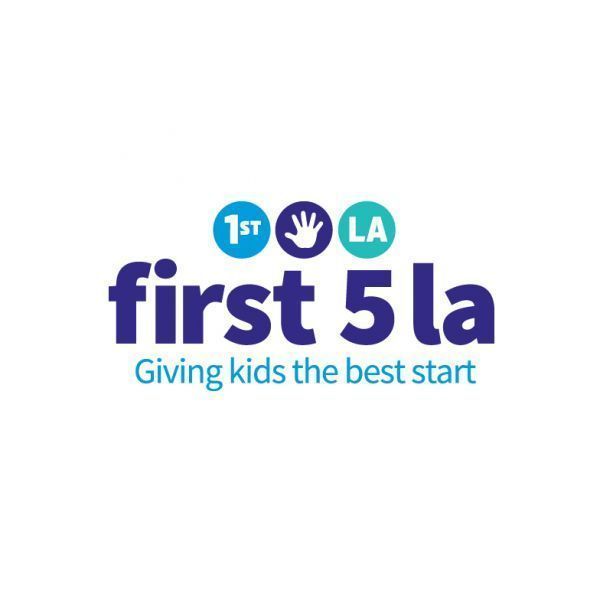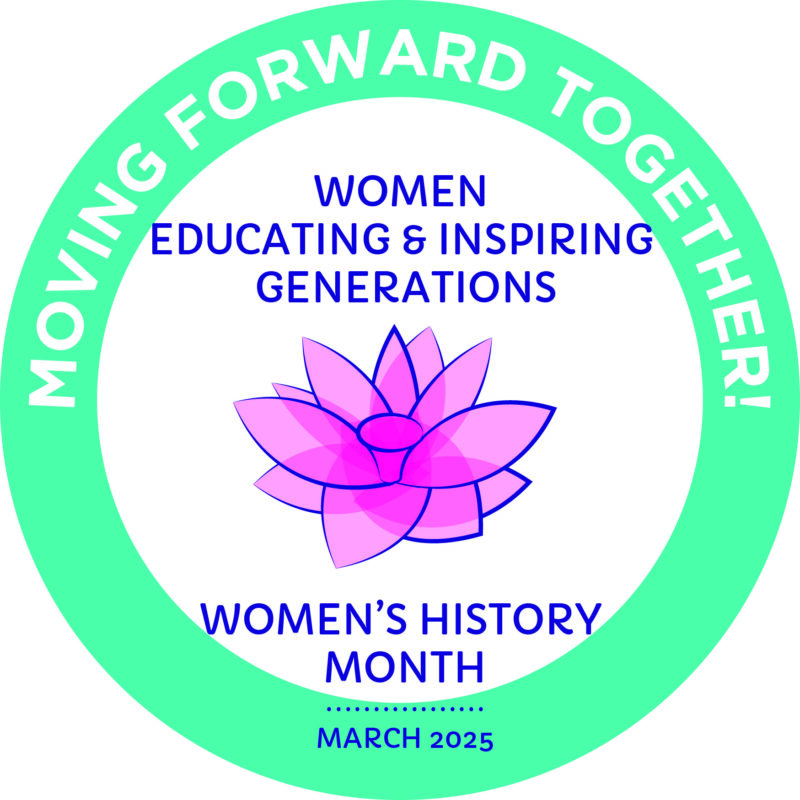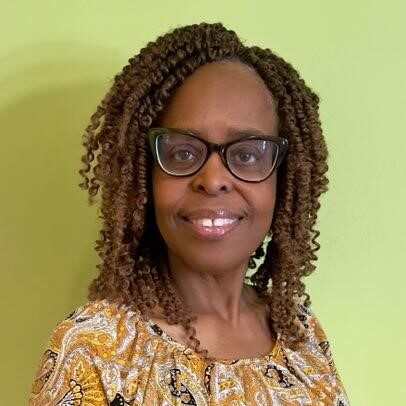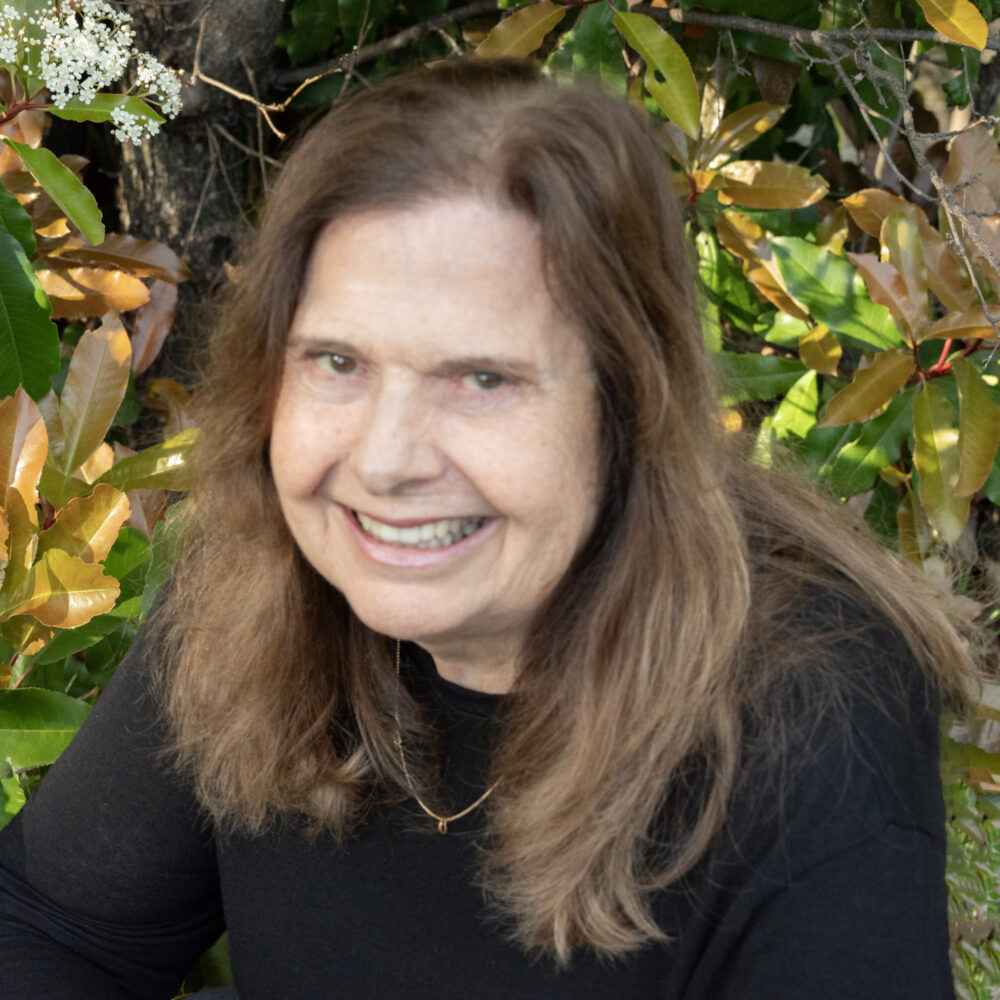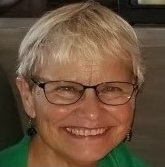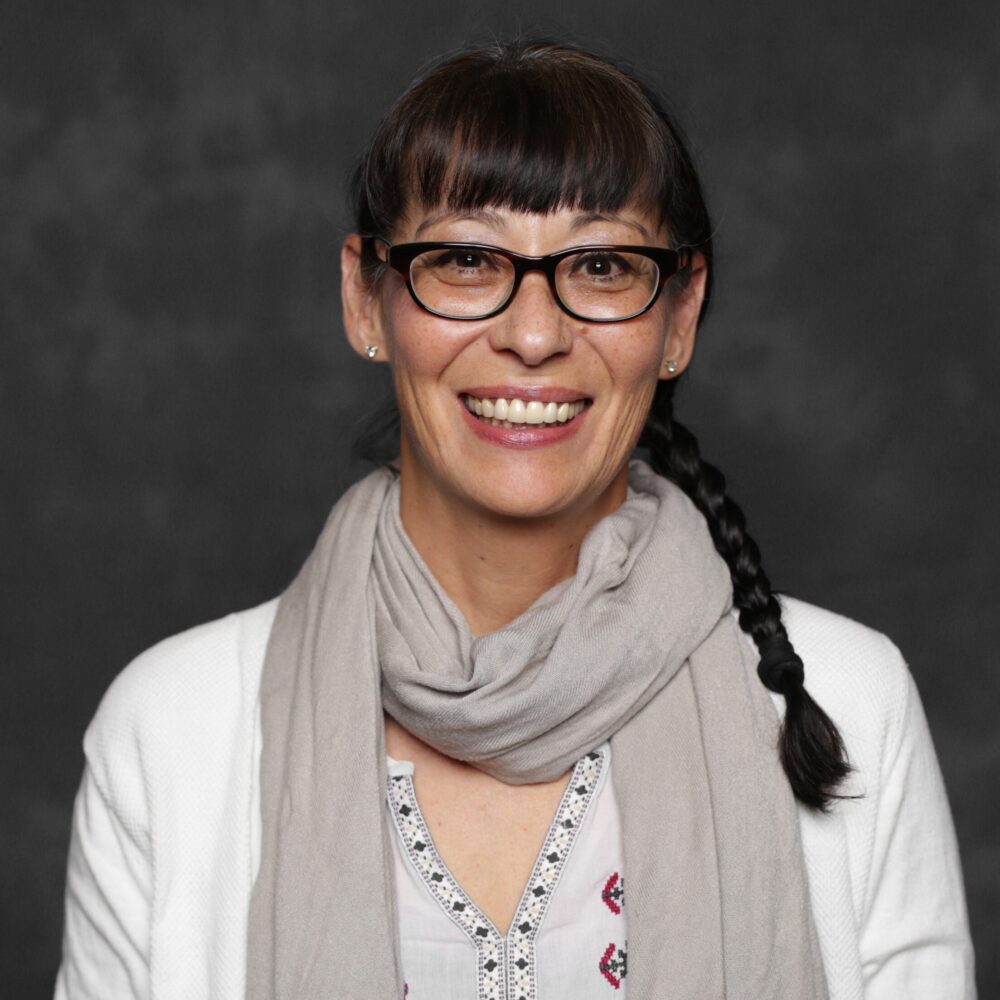April 26, 2018
The little girl was unwashed, wore rumpled clothes and never seemed to smile. She spent most of her time alone at her Compton elementary school. None of the other kids wanted to be near her.
Except Antoinette Andrews-Bush.
“Me and my friends decided to befriend her when others wouldn’t,” recalled Andrews-Bush.
For the little girl, it was a week in fifth grade like no other: she had friends to sit with at lunch, share a laugh and play with at recess. Friends who, quite simply, just made her feel valued.
Then, that weekend, the little girl died.
A fire in her grandmother’s home claimed her life.
Andrews-Bush absorbed the shock of the loss as best she could. She and her friends mourned their new pal and celebrated the short time they had together.
“We were glad we made her smile,” she said.
“Throughout history, the heartbeat of change has always been people.” -Antoinette Andrews-Bush
From that early tragedy sprouted a thought that would help drive Andrews-Bush throughout her life.
“No one knows their last days,” Andrews-Bush said. “Who’s making sure they have a happy memory? There has to be someone who makes a difference. Why not me?”
Today, Andrews-Bush continues to make sure young children and their families know that they matter. As director of the First 5 LA’s Communities Department, she oversees the Best Start initiative, First 5 LA’s signature investment for partnering with community members — parents, residents and local organizations — to spark new, empowering and innovative approaches that improve the lives of children prenatal to age 5.
With research revealing that families do better when they live in strong, supportive communities, Best Start provides the opportunity for parents, residents, organizations, non-profits, elected officials and other stakeholders to collaboratively improve neighborhoods so that young children can thrive and enter kindergarten ready to succeed in school and life. First 5 LA created Best Start Community Partnerships — within 14 targeted communities — to support collaboration around a shared vision for young children.
And just as we all learn to broaden our stride as we grow toward independence, Best Start in May will take a crucial step toward the next stage of its development.
Instead of First 5 LA providing direct operational support for Best Start as it has since the 14 community partnerships were created in 2009 and 2010, the 14 communities will transition to a new regional and local network structure that will expand resources and offer parents, families and community members stronger voices and new opportunities to shape the vision and agenda for young children. Some of the factors used to determine the regions included: shared history or infrastructure; proximity; Supervisorial District; potential for cross-community learning and community feedback. Contracts for the new regional network grantees were unanimously approved by the First 5 LA Commissioners at the April 12 Board meeting.
For Andrews-Bush, the transition is a welcome beginning and an end to, as the Beatles say, “a long and winding road.”
“First 5 LA’s investment in Best Start is about amplifying the collective voice of people — parents, residents and organizational representatives.”-Antoinette Andrews-Bush
“Throughout history, the heartbeat of change has always been people,” Andrews-Bush told the Board at the April 12 meeting. “First 5 LA’s investment in Best Start is about amplifying the collective voice of people — parents, residents and organizational representatives — who care deeply about making sure communities are places where children and families can thrive.
“We have struggled to get this right. We learned some very valuable lessons about what works and what doesn’t work. One of the things we learned is that First 5 LA should not provide direct operational support to the community partnerships. As a public entity, our policies and practices are not flexible and responsive enough to support the evolving work of the partnerships. And when we are in control of the operational aspects of the partnerships, we unintentionally inhibit local governance and community ownership. Community members have shared their frustrations about this, and we have had frustrations of our own. So we embarked on a learning and development journey.”
This journey — which took three years, included input from more than 100 community members and stakeholders and received guidance from Commissioners — culminated in the following new regional and local network structure at an initial investment of $16,538,500 through June 2019:
 The regional network grantees for each region are:
The regional network grantees for each region are:
- Best Start Region 1 – Para Los Niños
- Best Start Region 2 – Community Health Council
- Best Start Region 3 – El Nido Family Centers
- Best Start Region 4 – The Nonprofit Partnership
- Best Start Region 5 – Children’s Bureau of Southern California
Working together, the regional and local network organizations will accomplish regional and local level functions to promote synergy across communities in areas such as learning, resource mobilization and advocacy while providing direct support for each of the 14 community partnerships.
“First 5 LA’s grant is to the regional network grantee, but the support is very local,” Andrews-Bush said. “These grantees represent a network of partners that will work together to fulfill regional and local network roles that support the operations and work of the community partnerships. We are so excited about working with such a diverse group of organizational partners.”
In the short term, the transition to the regional/local model for the Best Start Community Partnerships will:
- facilitate the continued evolution of the Best Start community partnerships;
- support long-term sustainability of their work;
- provide more flexible resources that build on the strengths of communities;
- cultivate stronger parent and community voices at a regional and local level; and
- create new opportunities to shape a community agenda that builds greater momentum around a shared vision for kids.
By the end of First 5 LA’s current 2015–2020 Strategic Plan, the new regional and local network structure is anticipated to meet the following goals:
- Goal #1: By 2020, community partnerships have a structure that reflects the capabilities, values and approach required to cultivate strong collaboration between parents, residents and organizations around a shared vision for children prenatal to age 5 and their families.
- Goal #2: By 2020, the community partnerships are positioned with the relationships, skills and resources needed to drive a community change agenda that advances policy and systems changes in their community.
Perhaps no one on First 5 LA’s Board knows more about the potential for the new regional and local structure than Commissioner Romalis Taylor, a former leader with the Best Start Compton-East Compton Community Partnership. He shared his thoughts in the video below:
Two significant firsts accompanied the creation of the new structure: it was created with the help of a first-ever transition team made up of three dozen members from the 14 Best Start community partnerships. And for the first time, 19 community members joined First 5 LA staff in the reviews of proposals and interviews with organizations that applied to serve as a regional network grantee.
“I felt like my voice mattered,” said Alejandra Castillo, who represented the Best Start Metro LA Community Partnership on the transition team. “Because they took time to listen to us, what’s coming in the future with the regional networks is bigger than what we’ve been able to accomplish so far.”
“Because they took time to listen to us, what’s coming in the future with the regional networks is bigger than what we’ve been able to accomplish so far.” – Alejandra Castillo
Castillo said she felt “a bit more reassured and happier because it’s no longer going to be one community, but four communities (in Best Start Region 1). We are going to be stronger. With this transition, we will be able to share our opinions more and be able to share the challenges we are facing. And together, we can come up with solutions that will benefit the community.”
Best Start Compton-East Compton Community Partnership member Patricia (last name withheld) called her time involved in the grantee review process “a good experience. I would grade it in the 90th percentile.”
As an accountant in the corporate world, Patricia hopes the new regional/local network structure will refine the current process that is in place for sponsorship approvals of community events, which can offer free school supplies and educational holiday toys that motivate children to learn — possessions that low-income families might otherwise go without.
“The regional process will expedite the processes and get the resources as well as the information to the families within the community,” Patricia said.
Of course, as with any change, the transition to the regional/local network structure raised both hopes and concerns.

At the April Board meeting, Best Start Panorama City & Neighbors Community Partnership member Kathy Schreiner, who served on the transition team, told Commissioners that “we are excited, but anxious. And that’s probably normal from where we stand.”
Schreiner expressed hope that the new regional/local structure “is going to result in more flexibility and prompter response when we want to be able to do things” and that partnerships will be able to focus more on their own projects and not those initiated by First 5 LA.
Best Start Wilmington Community Partnership member Connie Kraml, who served on the transition team, expressed concerns about the smoothness of the transition today and sustainability tomorrow.
“In our community, we’re still working through that process to get the community educated to sustain these partnerships for when the communities run these partnerships themselves in the future,” Kraml said.
Transition team member Maria Ochoa believes the new structure will “be better” for young kids and their families in her Best Start Southeast LA Community Partnership. Yet, she wondered if partnership members — particularly parents — will have a voice in evaluating the work being done by the grantees.
“Will parents be allowed to evaluate the regional and local agencies to see if they are doing a good job?” Ochoa asked. “I would like to see somebody doing an evaluation every six months and the parents to be a part of that to see if changes are being made. If it’s about implementing the projects in the community, it’s about seeing if they have been implemented.”
Michelle Byerly, acting executive director of The Nonprofit Partnership, noted that the new regional model represents an evolution of Best Start as envisioned by First 5 LA in that it provides even more self-determination on the part of partnership members.
“I would like to see somebody doing an evaluation every six months and the parents to be a part of that to see if changes are being made. – Maria Ochoa
“First 5 LA is clearly moving forward with investing in the self-determination of Best Start communities, seeding important structures and movements that empower families and residents with their own change-making agenda,” Byerly said. “As we move forward with this new regional model, we will be working closely with First 5 LA to monitor the progress of these efforts. We anticipate outcomes that will change the way local residents become involved in supporting their neighborhoods and communities. Ultimately, these outcomes will be changed systems that will be more responsive to the diverse needs of families.”
Similar sentiments were echoed by Drew Furedi, president and chief executive officer of Para Los Niños, the lead organization to develop the first Best Start pilot community in 2009 — Best Start Metro LA.
“Para Los Niños expects that through this regional model, infrastructures will be designed and supported by residents in ways that make community change more accessible and responsive to community needs,” he said. “Residents and community stakeholders will also be able to draw down from a swath of external expertise for support in their endeavors, for example in looking collectively for external funding; developing resident-led advocacy and policy design at local and regional levels; and developing their own community mission, vision, branding and identity.”
 In the end, Andrews-Bush said, this new structure is, well, not an end. It is inclusive, expanding, evolving.
In the end, Andrews-Bush said, this new structure is, well, not an end. It is inclusive, expanding, evolving.
“The intent is that these networks do not remain static,” she said. “That’s why we have a network-based approach. Because as the work continues within communities, the intent is that the network grows. This is the beginning point of a much larger effort to build a network of organizations and individuals all working together to advance a shared vision.”
Andrews-Bush teared up as she recalled a few powerful words from a colleague:
“The way in which communities are structured and the systems at play that reinforce community dysfunction say a lot about what society thinks about the people who live in them. The issues are so complex. We are failing kids. We’re not doing right by them.”
The words brought her back to the time in Compton, where, as a pregnant young woman on Medi-Cal, Andrews-Bush walked into the only resource available to her for prenatal care: a community clinic.
“This is what society thinks people in Compton deserve. What they think my baby deserves.”– Antoinette Andrews-Bush
“I walked in and started to cry,” she recalled. “It was so dirty. And I thought, ‘This is what society thinks people in Compton deserve. What they think my baby deserves.’”
From childhood to motherhood, Andrews-Bush said her experiences in Compton have fueled her passion to do right by kids, pregnant women, families and community residents in areas of Los Angeles County where they are traditionally undervalued and underserved.
“That’s why this work with Best Start is so important to me,” she said. “We have to work side by side with others at all levels to stand up for justice and the right of every child to grow up healthy and whole in mind, body and spirit — not just to reach their potential, but live it to its fullest.”

